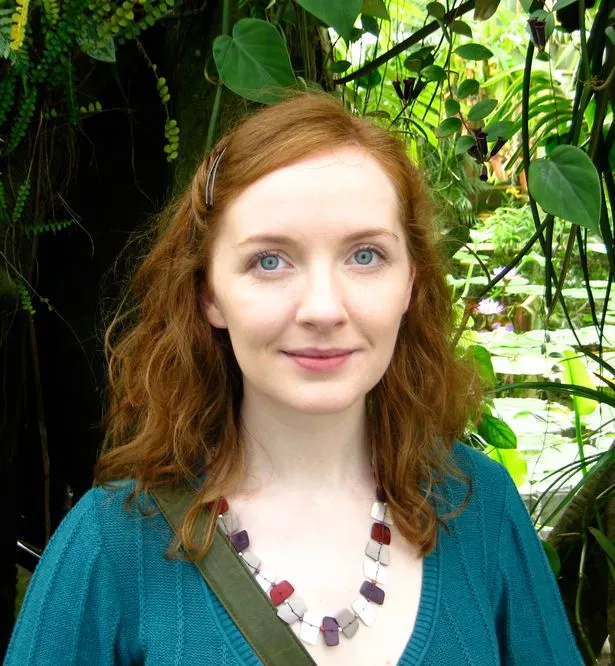How did this project come into being?
Dance Connects is the culmination of a series of collaborative projects co-led by Professor Aoife McGrath, a dance scholar from Queen’s University Belfast, and Dr Victoria Durrer, a cultural policy scholar from University College Dublin, that mix dance practice and social science methods to gain an understanding of the interrelations and pathways to engagement and work in dance on the island of Ireland.
Previous projects include Dance Conversations, a North South project in collaboration with Dance Ireland and Theatre and Dance NI and funded by the Irish Government’s Cooperation with Northern Ireland scheme, that brought dancers together to share their experiences of living and working as dance artists through movement and conversation, and Building Capacity for the Cultural Industries, an Irish Research Council / Shared Island Unit funded study in collaboration with Cavan Arts, Arts Council Ireland, Arts Council Northern Ireland, Theatre and Dance NI, Dance Ireland, Dylan Quinn Dance Theatre, and British Council Ireland examining cross-island relationships, interdependencies and challenges for dance and theatre. They also recently undertook a Creative Ireland / Cavan Arts supported project, Sites of Significance, from which Dance Connects emerges.
Project collaborators include Photographer and Videographer Simon Mills, Research Assistant Dr Argyro Tsampazi, Digital Media Artist Helena Hamilton, and Composer and Sound Designer, Sorca McGrath.

What are the underlying research methods being used?
The project is a partnership between the academic researchers, local authorities, artists, and dance partners from across the Cavan, Monaghan and Fermanagh-Omagh region and combines dance practice research and social science methods.
We are employing dance practice research methods across a range of different project elements so that we can include and celebrate embodied experiences of dance in our understanding of the practice and value of dance in rural border regions. Our dance partners have shared their dance practice with each other across 9 Sharing events at local places and spaces for dance across the region, from hotel ballrooms and community centres, to pubs and sports halls. The moves, sounds and images gathered from these Sharings provide the material for the project film, podcast series, and touring exhibition, Moving Through and Around.
We are also using interviews, group discussions, auditing and mapping techniques from the social sciences to get a sense of what dance activities are happening in the area and where. Our dance partners are talking together about aspirations for the development of dance and opening up more opportunities for people of all ages and abilities. We are also speaking with individuals in sports, health, community, access and inclusion and arts sections of local authorities to understand existing and potential supports for dance activity.
Why is the project cross border and concentrated in rural areas?
Rural, border-region dance practitioners and communities across a range of genres and enterprises (or ways of working) are often overlooked as a shared dance ecology on the island. Dance Connects builds on evidence from previously funded research and creative projects, across which a number of Project Partners have collaborated, to respond to the expressed need for sustainable cross-border exchange that is policy-informing and meaningful to the area’s unique dance ecology (supported by Creative Ireland, Cavan Arts, Irish Research Council, Department of Tourism, Culture, Arts, Gaeltacht, Sport and Media Cooperation with Northern Ireland Scheme, Higher Education Authority North-South Scheme).
Dance Connects Surveys
Facilitators survey
https://docs.google.com/forms/
Venues Survey
docs.google.com/forms/d/e/1FAIpQLScrzUClY8DsxZ1-Zd659ejlzjpAaxCrL2ZqMUz2e1oMFufvxA/viewform
